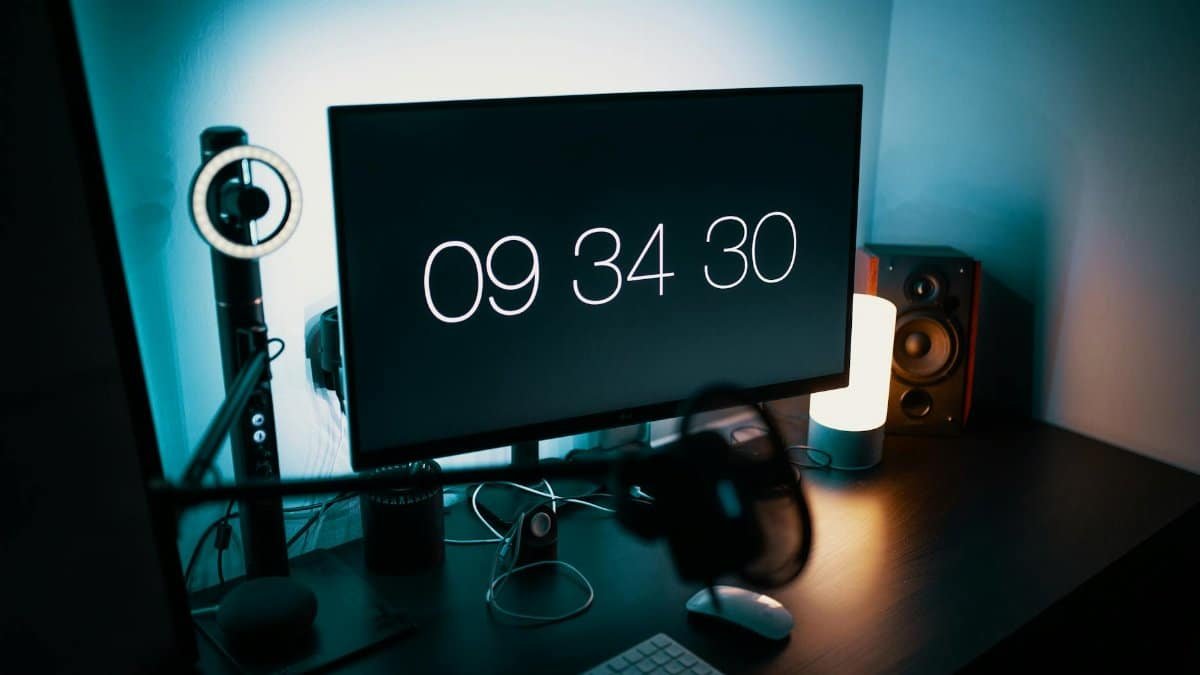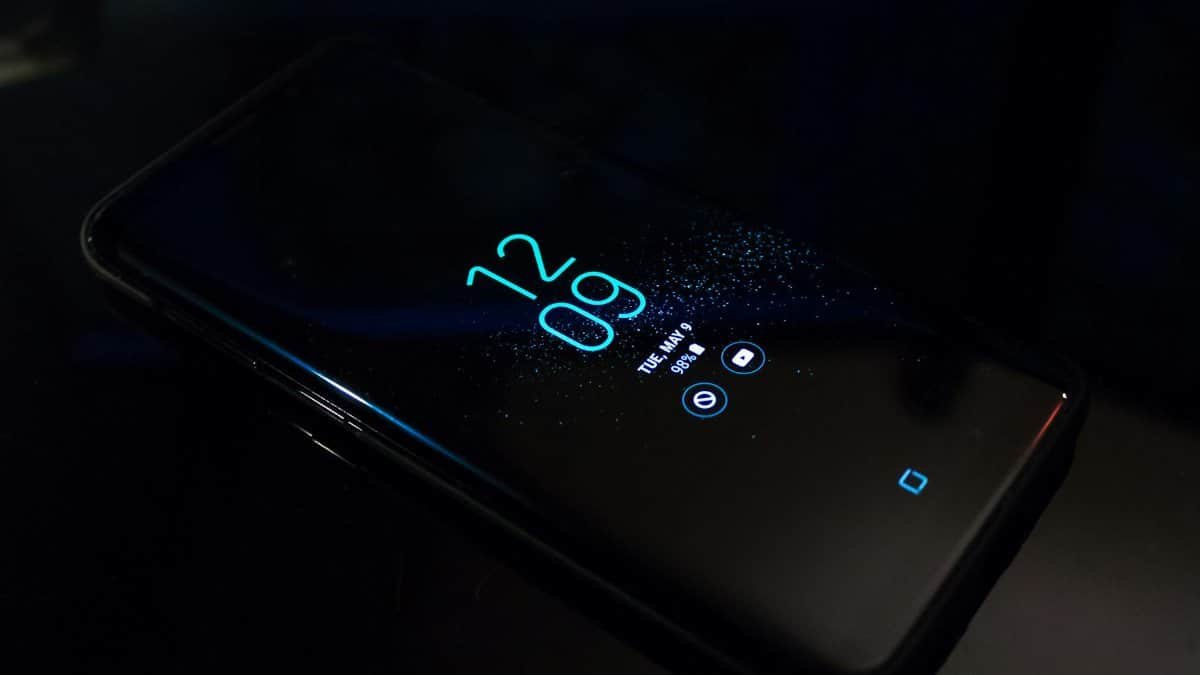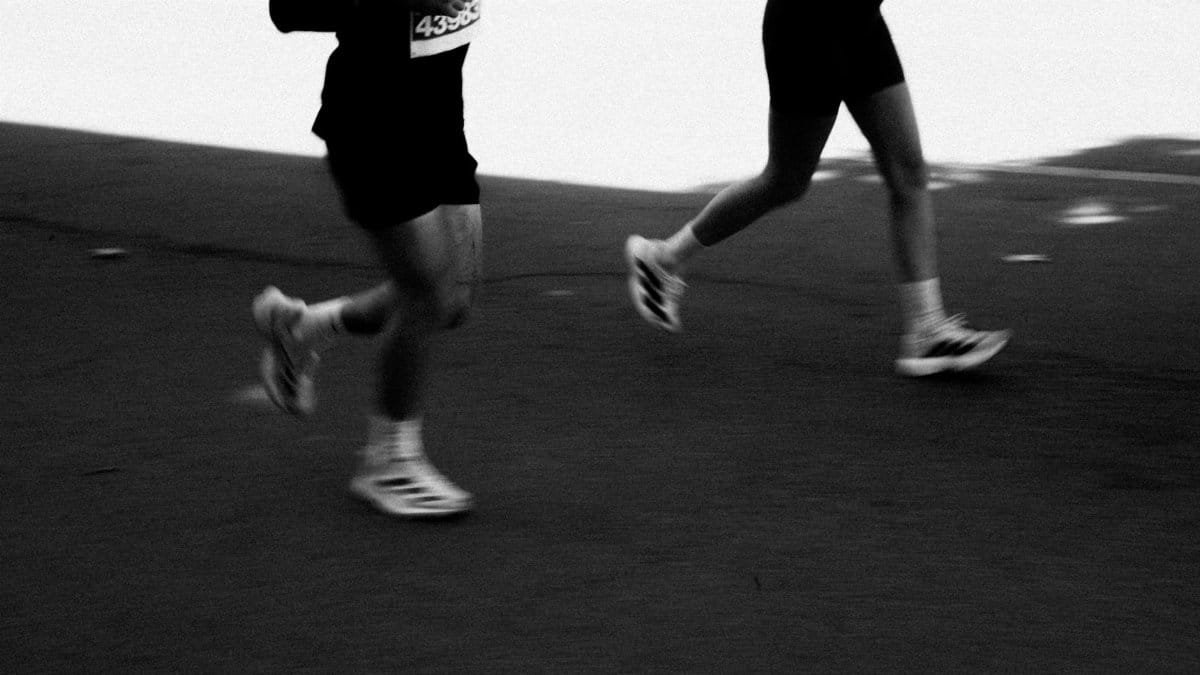Have you ever paused to consider why, despite our best intentions, focus slips away so easily in a world buzzing with distractions? It’s a question that nags at many, especially as demands on our attention multiply. Recent surveys highlight this struggle. A 2024 report from the American Psychological Association showed that over 60% of adults report difficulty concentrating amid daily stressors. This isn’t just a personal glitch. It’s a widespread challenge. Enter the concept of healing clarity focus—a mindful approach that combines emotional healing, mental clarity, and sustained attention to reclaim control. By identifying habits that sabotage this balance, we can pave the way for calmer, more productive days. This article uncovers six powerful habits that block focus and explores practical ways to counter them through healing clarity focus practices.
1. Multitasking as a Default Mode

Multitasking often masquerades as efficiency. Yet it fragments attention. Studies reveal that switching tasks can reduce productivity by up to 40%. People juggle emails, calls, and chores, believing it saves time. Instead, it scatters mental energy. One anonymous account from an online discussion captured this vividly: a professional described feeling “like a juggler dropping balls constantly,” only to realize single-tasking brought relief. Healing clarity focus counters this by encouraging presence in one activity at a time. Start with breathwork. Inhale deeply for four counts, hold, then exhale. This simple ritual grounds the mind. Over time, it builds resilience against the pull of distractions. Researchers at Harvard have linked such practices to improved cognitive control. For more, check the American Psychological Association’s overview on multitasking. The shift isn’t instant. It requires patience. But the payoff? A sharper, more serene focus that heals the exhaustion of divided attention.
Imagine a teacher grading papers while answering student queries. Chaos ensues. By contrast, dedicating blocks to each task fosters clarity. This habit’s grip loosens when we recognize its illusion. Healing clarity focus isn’t about doing more. It’s about doing better. Embrace monotasking. Watch productivity soar.
2. Constant Digital Notifications

Notifications ping relentlessly. They hijack our thoughts. A study from the University of California, Irvine, found that it takes about 23 minutes to refocus after an interruption. Phones buzz with alerts from apps, emails, social media. It’s addictive. Yet this barrage erodes mental clarity. Consider a scenario where someone checks their device during a family dinner. Conversations falter. Moments of connection vanish. Healing clarity focus advocates for intentional boundaries. Turn off non-essential alerts. Designate tech-free zones. Meditation apps can help, guiding users through sessions that rebuild attention spans. The National Institutes of Health notes mindfulness reduces reactivity to distractions. Explore their resources at NCCIH on meditation and mindfulness.
Reflection reveals the cost. Scattered minds lead to burnout. But small changes accumulate. One person shared how silencing notifications during work hours transformed their day, allowing deeper immersion in tasks. It’s a reclaiming of agency. Healing clarity focus thrives in quiet spaces. Cultivate them deliberately.
The tension here is real. Technology connects us, but at what price? Balancing utility with peace requires discernment. Start today. Notice the calm that follows.
3. Neglecting Physical Movement

Sedentary routines dull the mind. Bodies crave motion. Research from the Mayo Clinic indicates that regular exercise enhances concentration and mood. Sitting for hours stiffens muscles and fogs thinking. Office workers often slump over desks, ignoring the body’s signals. This stagnation blocks healing clarity focus. A brief walk can reset everything. Picture a midday stroll in a park. Leaves rustle. Fresh air invigorates. Suddenly, ideas flow. Breathwork ties in here—pair it with gentle yoga to amplify benefits. The CDC recommends at least 150 minutes of moderate activity weekly. Their guidelines are detailed at CDC Physical Activity Basics.
Yet inertia is tempting. Excuses pile up. Breaking the cycle starts small. Stand during calls. Stretch between meetings. These acts heal the divide between body and mind. Focus sharpens as energy circulates.
There’s nuance, though. Not all movement suits everyone. Listen to your limits. Adapt practices to fit. The result? A focused state that feels restorative, not forced.
4. Overloading on Information

Information overload overwhelms. We consume news, podcasts, articles endlessly. Pew Research Center reports that 55% of Americans feel worn out by the volume of news. This deluge clouds judgment. Clarity suffers. Healing clarity focus promotes discernment. Curate inputs mindfully. Set limits on scrolling. Opt for quality over quantity. One illustrative snapshot: a reader described hitting a wall after binge-reading headlines, only to find solace in journaling to process thoughts. Calm returns. Meditation helps filter noise. A study in the Journal of Cognitive Enhancement supports this, showing mindfulness curbs information fatigue. Access it via Journal of Cognitive Enhancement.
Dive into why this matters. Unfiltered data breeds anxiety. But selective engagement fosters depth. Reflect on sources. Question biases. This builds resilience.
Transitions to action smoothly. Experiment with info diets. Notice the mental space that opens. Focus heals in the quiet aftermath.
5. Ignoring Emotional Baggage

Unchecked emotions disrupt concentration. Resentments simmer. Fears distract. The American Psychological Association links emotional regulation to better focus. Suppressing feelings doesn’t work. They resurface stronger. Healing clarity focus addresses this through compassionate inquiry. Journal prompts can unpack burdens. “What am I holding onto?” one might ask. Answers emerge. Breathwork meditation calms the storm. NIH research underscores how such practices reduce stress. Find more at NIMH on Stress.
A narrative unfolds: someone carries work grudges home, only to lose sleep. Releasing through guided reflection changes that. Balance restores.
Complexity arises. Emotions aren’t always tidy. Patience is key. Layer by layer, clarity builds. Focus follows naturally.
6. Skipping Reflection Time

Rushing through days without pause erodes insight. Reflection is essential. Harvard Business Review articles highlight how downtime boosts creativity. Yet schedules overflow. No room for thought. This habit starves healing clarity focus. Carve out moments for review. Evening rituals work well. Recall wins and lessons. Calm settles in. One anonymized example: a busy parent found that five minutes of quiet before bed sharpened their next day’s priorities. It’s transformative.
Why resist? Busyness feels productive. But true progress needs space. Integrate calm practices. Meditation apps guide beginners. Trends in 2025 show rising adoption of these tools, per wellness reports.
Tensions exist. Reflection can unearth discomfort. Face it gently. The reward is profound—a focused life infused with healing clarity.
